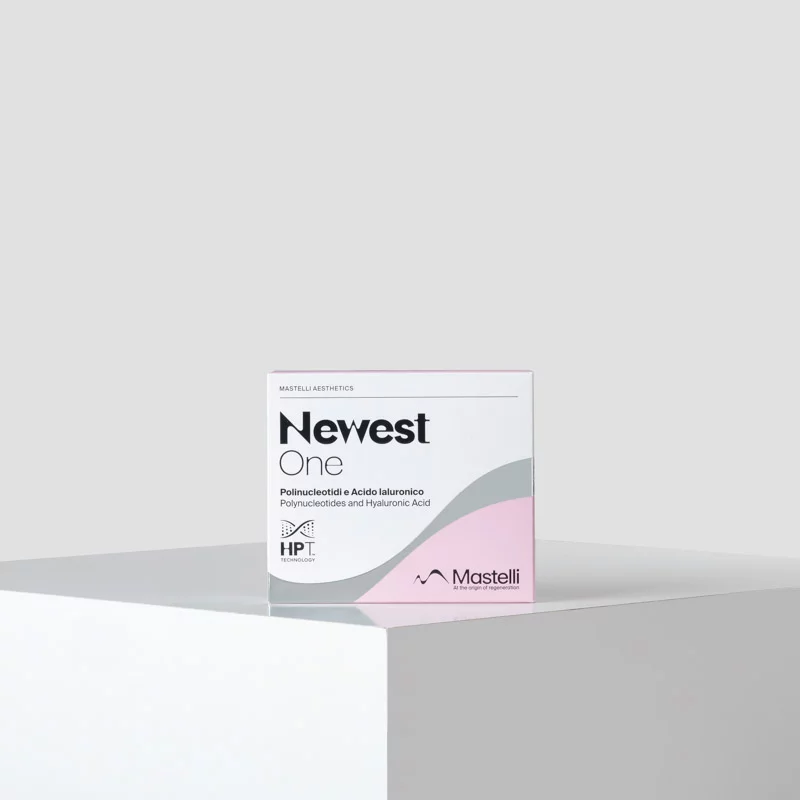-

- Author e-FILLERS Team
- Jul 24th, 2024
Exosomes vs Polynucleotides: Which is Better for Skin Rejuvenation?

In the ever-evolving landscape of aesthetic medicine, skin rejuvenation remains a key focus for many seeking to maintain a youthful and radiant appearance. Among the innovative treatments available, exosome therapy and polynucleotide treatments have gained considerable attention. This article explores the mechanisms, benefits, and applications of these two therapies, providing insights into their suitability for different skin conditions, expected outcomes, and potential side effects.
Understanding Exosomes and Polynucleotides
Exosomes: Cellular Communication Vehicles
Exosomes are extracellular vesicles that play a crucial role in intercellular communication. They are released by cells and carry a variety of bioactive molecules, including proteins, lipids, and RNA. In skincare, exosome therapy leverages these properties to promote skin regeneration and healing. By delivering specific signals to skin cells, exosomes can stimulate collagen production, reduce inflammation, and enhance overall skin texture.
Polynucleotides: DNA Building Blocks
Polynucleotides are polymers of nucleotides, the basic building blocks of DNA and RNA. In aesthetic treatments, polynucleotides derived from salmon DNA are used to enhance skin hydration and repair. These molecules activate fibroblasts, the cells responsible for producing collagen and elastin, thus supporting skin structure and resilience. Polynucleotide treatments are particularly valued for their ability to improve skin elasticity and hydration.

Mechanisms of Action
Exosome Therapy
Exosome therapy involves the application or injection of exosomes into the skin. These exosomes carry a complex cargo of signaling molecules that can:
- Modulate immune responses, reducing inflammation
- Stimulate cellular turnover and regeneration
- Enhance collagen and elastin synthesis, improving skin firmness and elasticity
Polynucleotide Treatments
Polynucleotide treatments focus on revitalizing the skin by:
- Increasing cellular hydration, leading to a more plump and fresh appearance
- Enhancing tissue repair processes, particularly useful for sun-damaged or aging skin
- Supporting the skin’s structural integrity by promoting collagen and elastin production
Benefits and Applications
Exosomes
Exosome therapy is beneficial for:
- Anti-Aging: Reducing the appearance of fine lines and wrinkles
- Skin Brightening: Evening out skin tone and addressing hyperpigmentation
- Healing and Repair: Accelerating the healing process for acne scars and other skin injuries
Polynucleotides
Polynucleotide treatments are ideal for:
- Deep Hydration: Addressing dry, dehydrated skin
- Improved Elasticity: Counteracting sagging skin
- Skin Repair: Assisting in the recovery of sun-damaged skin and reducing post-inflammatory hyperpigmentation
Suitability and Expected Outcomes
The choice between exosome therapy and polynucleotide treatments depends on individual skin concerns and goals.
Exosomes are particularly suited for individuals dealing with aging signs, pigmentation issues, and skin texture concerns. They offer a comprehensive approach to skin rejuvenation by targeting multiple skin layers and promoting holistic regeneration.
Polynucleotides are more focused on hydration and structural support. They are ideal for those experiencing dry skin, loss of elasticity, or needing intensive skin repair due to environmental damage.
Potential Side Effects
While both treatments are generally safe and well-tolerated, potential side effects may include:
- Exosome Therapy: Minor redness, swelling, or irritation at the injection site; rare allergic reactions
- Polynucleotide Treatments: Mild discomfort during the procedure, potential redness, or swelling
As with any cosmetic procedure, it is crucial to consult with a qualified healthcare provider to assess individual suitability and discuss any potential risks.
Conclusion
In summary, both exosome therapy and polynucleotide treatments offer unique benefits for skin rejuvenation. The choice between these treatments should be guided by specific skin concerns, desired outcomes, and professional medical advice. Whether seeking to address signs of aging, improve hydration, or enhance skin repair, these therapies provide promising options for achieving healthier, more youthful-looking skin.
For Patients
Are Dermal Fillers Good or Bad?

.webp)








